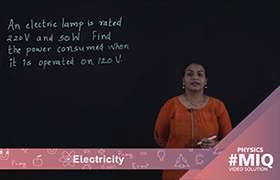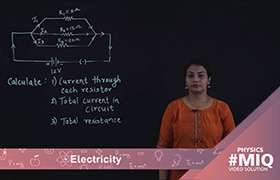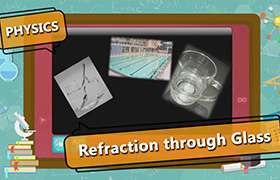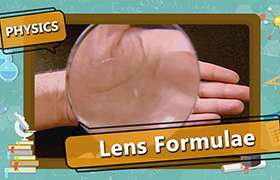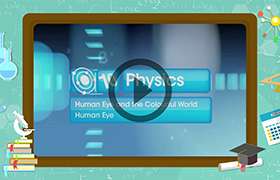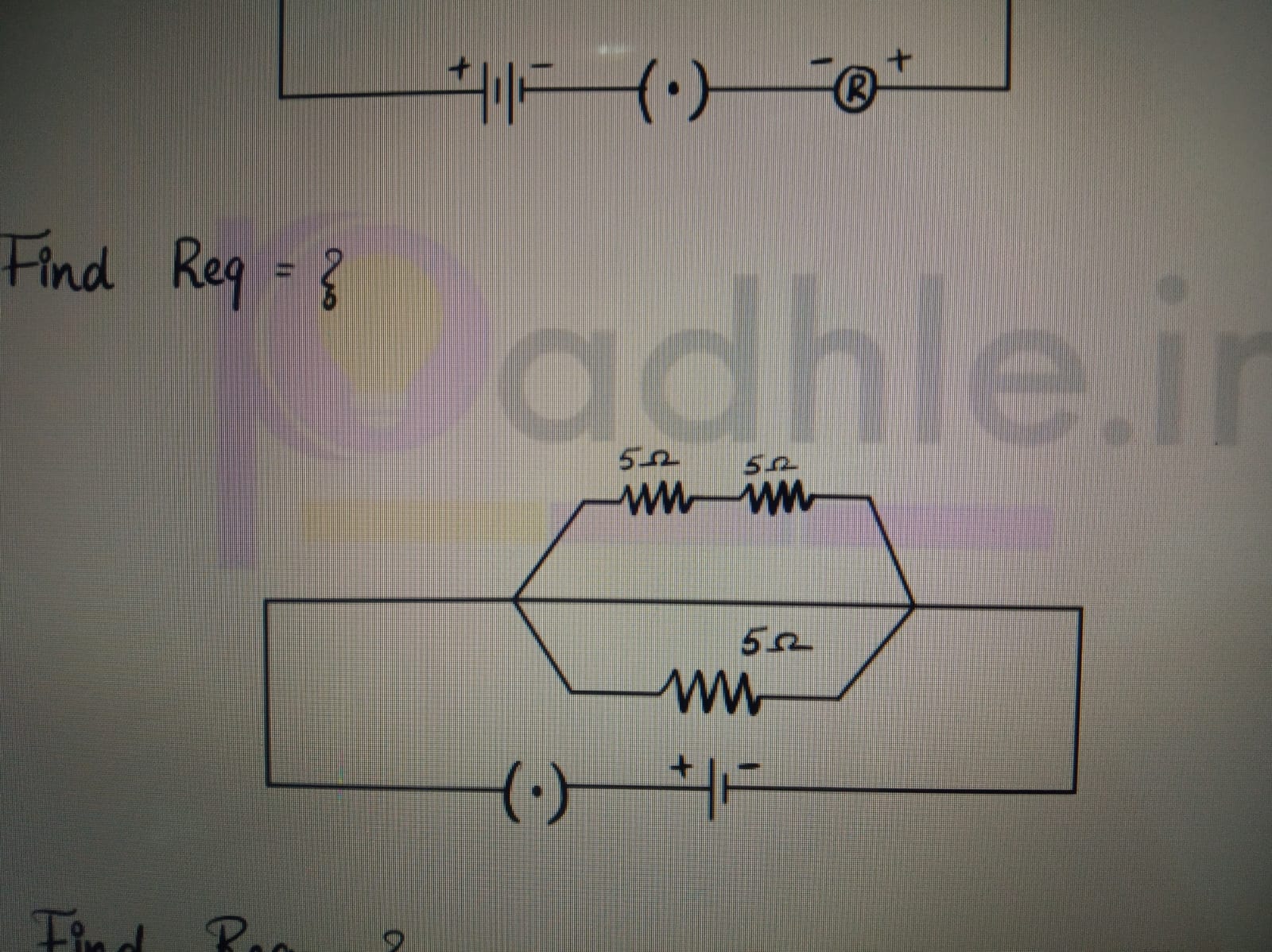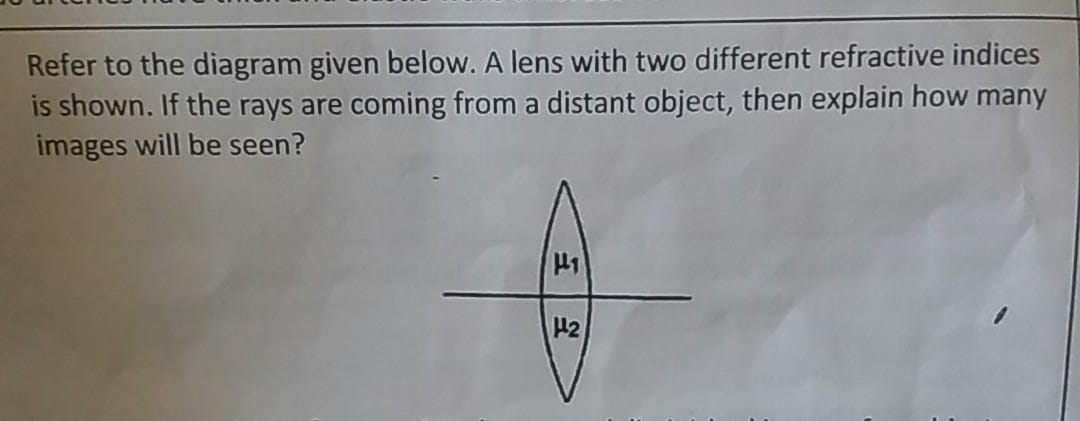CBSE Class 10 Answered
How is reproduction take place in humans
Asked by | 21 Apr, 2010, 07:38: PM
Dear student,
- Humans reproduce by sexual intercourse, when the male penis is inserted into the female vagina until the male reaches sexual climax and ejaculates, which releases sperm into the vagina to fertilize the egg. Approximately once a month, a woman's ovaries release an egg that travels down the Fallopian tubes. Upon male ejaculation during intercourse, millions of sperm travel into a woman's vagina and up the birth canal. If an egg has been released from the ovaries and is accessible by the sperm, then only one sperm can enter the egg. If this occurs, the egg creates a protein shield to kill any other sperm that try to enter.
- Once the sperm has introduced its genetic material into the egg, the new cell can begin meiosis. Meiosis occurs when the zygote -- the fused egg and sperm -- splits its chromosomes and rearranges them to create a new genetic pattern. Humans normally have 46 chromosomes, according to the National Library of Medicine. The sperm and egg each contribute 23 chromosomes to form a complete set. Each gamete, which is half of a set of chromosomes, splits in two, creating a total of four sets, two from each parent. This makes two new cells, which then undergo mitosis to multiply. According to the Purdue University of Indianapolis, by the fourth day after fertilization the zygote normally has split into a collection of 32 cells called a morula. Then, it develops a protective shell called a blastocyst, inside which the zygote turns into an embryo.
- At the end of the first week after fertilization, the blastocyst migrates to the uterus and attaches itself to the endometrial lining, which later becomes the placenta. The placenta begins to form during the female's menstrual cycle, when a portion of the endometrial lining inside the uterus thickens. During development, the blastocyst forms the remainder of the placenta.The zygote moves away from the lining as it matures, but remains attached to it via an umbilical cord, which transfers nutrients from the mother to the unborn child. Whatever the mother eats, the developing fetus also receives a portion of. This also applies to drugs, alcohol and tobacco, which is why doctors discourage drug use during pregnancy as it can cause birth defects and malnourishment in the fetus.
The ideal period of gestation is nine months. During this time, the fetus develops the body systems necessary to survive on its own.
Sexual Intercourse
Meiosis
Gestation
Hope this helps.
Team
Topperlearning.com
Answered by | 21 Apr, 2010, 07:57: PM
Application Videos
Concept Videos
CBSE 10 - Physics
Asked by infinityupgraded | 13 Apr, 2024, 08:17: AM
CBSE 10 - Physics
Asked by suryamr2019 | 08 Mar, 2024, 04:32: PM
CBSE 10 - Physics
Asked by sheetal.kolte | 04 Mar, 2024, 12:38: PM
CBSE 10 - Physics
Asked by shrilakshmimunoli | 01 Mar, 2024, 01:15: AM
CBSE 10 - Physics
Asked by khajannirwan | 27 Feb, 2024, 10:20: PM
CBSE 10 - Physics
Asked by sailakshmi.avinesh | 13 Feb, 2024, 07:03: AM
CBSE 10 - Physics
Asked by saurabhjd527 | 30 Jan, 2024, 07:55: PM
CBSE 10 - Physics
Asked by saanviyadla | 24 Jan, 2024, 07:06: PM
CBSE 10 - Physics
Asked by subrasixty | 13 Jan, 2024, 05:05: PM



